536 Views
Learn how insulating your attic with spray foam can beat the S&P 500... and make you money in less than 5 years.

by
Net Zero USA
(IC: homeowner)
The main reason anyone decides to reduce energy consumption within the home normally boils down to one thing – money. Money is the driving force behind a lot of decisions for most people, and if you are a homeowner you want to keep one of your largest investments protected. The investment in this scenario is your home, and looking at your home as something that increases in value over time is generally a good perspective. Saving money on a monthly basis is also a form of investment. The first place to start looking to find home energy savings is your electric bill and you should look to see how much energy (and money) you are using.
Let's face it, unless you have an amazing financial advisor, the return on investment (ROI) playing the stock market, buying bank CDs (certificates of deposits), or parking money into a savings account will not give the same return as a home energy improvement investment. Are you surprised to hear this? A recent visit to bankrate.com showed national CD rates under 1.0%, while checking and savings accounts pay even less. Since 1871 the S & P 500 has shown an annual ROI of LESS than 6%.
Ask yourself this: If you had $3,000 dollars that you had to invest to save money, where would you invest it? If you are like many of the home show attendees we encounter each month, your response likely involves investing money in your home to approve the appearance or comfort level. This is smart thinking, and it has a full circle effect. First you invest in an energy savings product that will reduce home energy bills. For example, if the average US utility bill runs about $250 a month, then in one year an average homeowner spends approximately $3,000 a year ($250 x 12). So if you can reduce your monthly energy bill by 35% or more with attic spray foam insulation you can save over one thousand dollars in just one year. That means in 3-4 years you could easily recoup cost of the home investment, while continuing to save energy and money for many years to come.
In one year, six percent of a $3,000 dollar investment is $180 dollars. If you add six percent to each year's total (assuming you have no load and interest compounds annually) you can almost make $1,100 dollars over five years. However, if you invest the $3,000 dollars into a home energy improvement, you realize energy bill savings the day the home improvement is installed. The spray foam insulation investment would pay for itself before 5 years thanks to the dramatic reduction in monthly energy bills (not including any increase in power rates). Keep in mind when investing in an energy efficient home improvement like spray foam insulation, you will not have the volatility risk that comes with investing in the stock market. We use a 35% savings figure in this example, but we have seen home energy costs decrease as high as 45% thanks to spray foam insulation.
Table: Investing in the market versus investing in home improvements
Pretty nice, right?
By the way, don't forget that the cost of energy will continue to increase each year (anywhere from 5.5% to 10% or more), meaning energy savings become worth more and more over time.
So, if you had $3,000 dollars to spend, where would you invest it as a homeowner?
Net Zero USA proudly sells energy efficient home improvements designed to dramatically reduce home energy bills.
http://netzero-usa.com/2013/01/reduce-energy-consumption-beat-the-sp-home-energy-savings-vs-sp-investments/
Let's face it, unless you have an amazing financial advisor, the return on investment (ROI) playing the stock market, buying bank CDs (certificates of deposits), or parking money into a savings account will not give the same return as a home energy improvement investment. Are you surprised to hear this? A recent visit to bankrate.com showed national CD rates under 1.0%, while checking and savings accounts pay even less. Since 1871 the S & P 500 has shown an annual ROI of LESS than 6%.
Ask yourself this: If you had $3,000 dollars that you had to invest to save money, where would you invest it? If you are like many of the home show attendees we encounter each month, your response likely involves investing money in your home to approve the appearance or comfort level. This is smart thinking, and it has a full circle effect. First you invest in an energy savings product that will reduce home energy bills. For example, if the average US utility bill runs about $250 a month, then in one year an average homeowner spends approximately $3,000 a year ($250 x 12). So if you can reduce your monthly energy bill by 35% or more with attic spray foam insulation you can save over one thousand dollars in just one year. That means in 3-4 years you could easily recoup cost of the home investment, while continuing to save energy and money for many years to come.
In one year, six percent of a $3,000 dollar investment is $180 dollars. If you add six percent to each year's total (assuming you have no load and interest compounds annually) you can almost make $1,100 dollars over five years. However, if you invest the $3,000 dollars into a home energy improvement, you realize energy bill savings the day the home improvement is installed. The spray foam insulation investment would pay for itself before 5 years thanks to the dramatic reduction in monthly energy bills (not including any increase in power rates). Keep in mind when investing in an energy efficient home improvement like spray foam insulation, you will not have the volatility risk that comes with investing in the stock market. We use a 35% savings figure in this example, but we have seen home energy costs decrease as high as 45% thanks to spray foam insulation.
Table: Investing in the market versus investing in home improvements
Pretty nice, right?
By the way, don't forget that the cost of energy will continue to increase each year (anywhere from 5.5% to 10% or more), meaning energy savings become worth more and more over time.
So, if you had $3,000 dollars to spend, where would you invest it as a homeowner?
Net Zero USA proudly sells energy efficient home improvements designed to dramatically reduce home energy bills.
http://netzero-usa.com/2013/01/reduce-energy-consumption-beat-the-sp-home-energy-savings-vs-sp-investments/
Enjoyed the project?
Published February 6th, 2013 8:37 AM



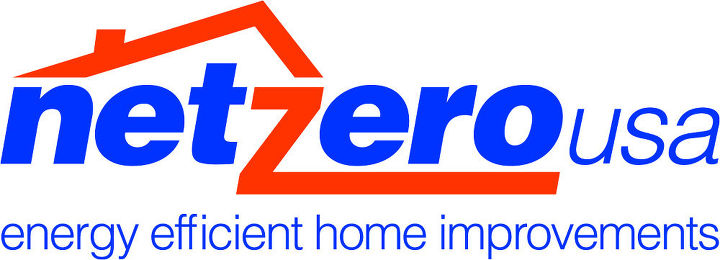
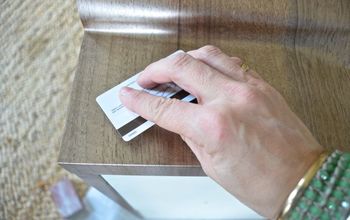
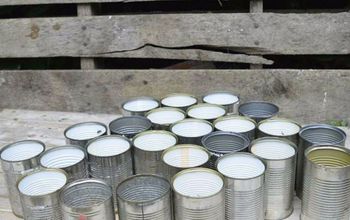






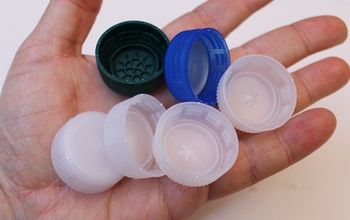









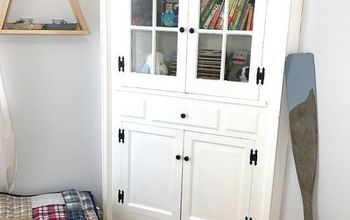

Frequently asked questions
Have a question about this project?